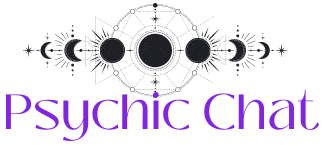Imps are small, naughty creatures that are often mentioned in folklore and paranormal stories. They are usually depicted as small, human -like beings that are known to cause problems. In contrast to demons, which are often portrayed as malicious and dangerous, Imps are generally considered more playful and less harmful. However, their jokes and tricks can sometimes lead to fear and confusion.
The concept of Imps has roots in European mythology, in which these beings are often associated with the classic element of fire and are supposed to possess magical skills. Imps are usually described as a devilish appearance, with functions such as horns, pointed tails and small wings. They are known for their agility and cunning nature, making them skilled in avoiding catching and creating chaos.
Throughout history, Imps appeared in various cultural stories and legends. In the medieval times they were often depicted as familiar witches, so that they were helped with their spells and disaster. In some stories IMPS could be called or controlled by magical rituals, while acting independently, driven by their own naughty desires.
A common theme in these stories is the love of the Imp for deception. They can hide objects, create strange sounds or bring people astray. Despite their antics, Imps are rarely considered really bad. Instead, they are seen as playful tricksters whose actions are more annoying than harmful.
Imps are interwoven in modern ghost hunt with the tradition of paranormal research. Unlike traditional spirits, which are believed to be the spirits of deceased people, is considered a completely individual entities. Their presence in spooky locations is sometimes said that they are detected as small, shady figures who shoot around or inexplicable giggles and whispers. Such experiences are often volatile and difficult to document, which contributes to the elusive nature of Imps.
It can be difficult to know if you are really dealing with an impetus, because distinguishing them from naughty human spirits or other paranormal entities is a challenge. There is some overlap between reported Imp -activity and poltergeist phenomena in particular. Poltergeists, known for their noisy and disruptive behavior, can sometimes be thought out for Imps because of the nature of their actions. It is known that they are moving objects, creating disturbances and generally cause confusion.
Could this growing media display of Imps suggest that there is an increase in Imp -activity or at least an increase in reported observations? The increased visibility brought to less well -known entities such as Imps from shows such as’ Help! My house is being chased ‘can lead to more people in their own experiences identifying and reporting Imp-Like activities.
As IMPS become more prominent in popular culture, people may be more inclined to attribute certain paranormal experiences to Imps, while previously the experience could have been categorized earlier as a poltergeistic encounter.
The existence of Imps, such as many paranormal entities, is a subject of debate. Although some believe in their presence based on folklore and personal experiences, others argue against their existence based on the observed lack of verifiable evidence. Despite countless reports and investigations, there is no conclusive evidence that Imps exist. This can include evidence such as clear photos, videos or physical traces.
In order to validate something scientifically, it must be consistently perceptible and reproducible under controlled circumstances. Imp -confessions are sporadic, subjective and often lack consistency. This inconsistency makes it difficult to set a reliable basis for the existence of Imps.





